An Investigation of “Possibilities” at Amman Design Week 2019
For nine days the Jordanian capital of Amman blossomed into the third edition of Amman Design Week, a multi-disciplinary, biannual event hosting over 200 exhibiting regional designers representing established and burgeoning talent alike. Sponsored by Her Majesty Queen Rania Al Abdullah and orchestrated by creative director Rana Beiruti, this year’s theme of “Possibilities” directs an investigation of design as an exploratory tool in service of resilient optimism and as a vehicle for change in times of uncertainty.

Curated this year by Noura Al Sayeh-Holtrop, the Hangar exhibition in Ras El Ain occupies the empty remnants of an electrical plant. For Amman Design Week, the structure stands as a symbolic edifice and operational heart of the event, hosting over fifty designers from the Middle East and North Africa during the event. \\\ Photo: Gregory Han
Hosted across an urban landscape where it’s not always evident whether a project is in a state of construction or deconstruction, resource scarcity has long operated as an inextricable force, shaping every facet of Amman’s industries, arts, and infrastructure. In comparison to surrounding oil-rich nations, Jordan’s most profitable resource for export is phosphate, an agricultural mineral. Clean water increasingly looms as a public concern, with the arid landscape offering little by way of lumber or metal for supplying any significant manufacturing (a surprising top export industry of the region: knit sweaters). Necessity dictates a pragmatic literacy here.
Resources may be scarce, but as often is the case, creativity benefits from constraints. Improvisation sparks new perspectives and novel solutions. Local designers and artists beautifully utilize resources available in abundance – sand, rock, and stone – rendering the unique terroir and its earthen palette into a geological signature of place and time unique to this section of the world. Traditional knowledge and practices are also increasingly deemed a valuable resource to inform efforts in sustainability, comfort, and beauty during modern times.
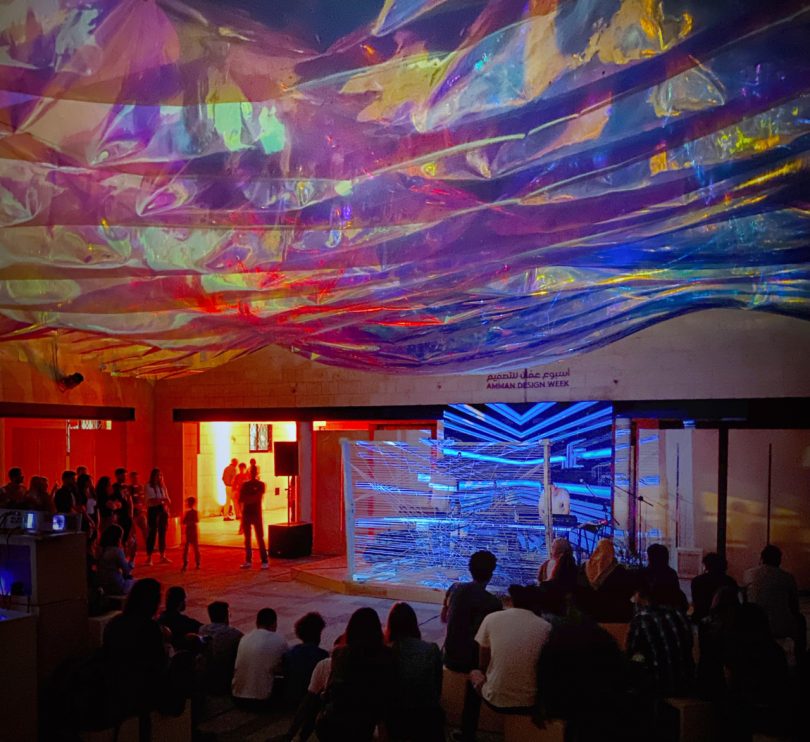
Musical performances at Ras El Ain punctuated every night of Amman Design Week with celebratory spirit. \\\ Photo: Gregory Han
Architecture, landscape architecture, product design, furniture design, fashion, and graphic design are all represented at Amman Design Week, with over 200 local and regional creatives populating more than a hundred exhibitions, panels, workshops, and performances activated across three districts of Amman (Ras El Ain, Jabal Amman, and Jabal Al Lweibdeh). A few of our favorites from this year’s exhibitions as follows:

The collaborative effort between Civil Architecture and landscape architecture practice studiolibani, Minor Paradise symbolizes a quiet rebellion against historic norms and definitions, challenging all who enter to ask, “what is an ideal garden?”
Minor Paradises by Civil Architecture x studiolibani
From afar, the symbolic and literal entry point to Amman Design Week could be mistaken for a work in progress. But walk between the mounds of locally sourced soil hand piled into a scale landscape through a waterless garden pathway garnished with local volcanic rocks, indigenous plants, and lined with small arched seating, and the intimate confines of the sedate terrain works its magic upon the senses.
With every step forward (and occasionally back or to the side) an intimate dialogue between place, person, and material engages the peripheral senses, silently describing a garden vernacular unique suited to an arid landscape. Appropriately, water is an intentional omission here, an acknowledgment of its scarcity and also operating as a silent challenge to conventional European gardens ill-suited for a region only receiving 10-inches of rainfall annually.
Canyon Walls by Rasem Kamal
Jordanian architect Rasem Kamal’s trio of undulating freestanding partitions were hard to miss, standing sentinel outside the Hangar Exhibition as a complement to the scale landscape of Minor Paradise below. The Swiss-based Kamal welcomed all to explore his three sets of compressed plywood, careful to point out the striated coloration produced by layering random pieces of reclaimed plywood into sensually curved, vertical structures. Envisioned to form spatial refuge within modern spaces like lofts or offices, carved niches for soft white light are specified for two of the walls, envisioned to be grouped to form a serene sanctuary to “sit, pause, and reflect.”
Kutleh, Raw Possibilities by Rula Yaghmour
Borrowing its name from Arabic for the word meaning “block” or “mass”, the Kutleh project design series_03 presents a massive amalgamation of surplus reclaimed stone and marble, layered into the semblance of sedimentary rock. Intentionally left ragged at its edges, the contrast between raw and polished surfaces seems symbolic of Amman as a whole, unearthing its past to form its future.
Untitled by Sahel Al Hiyari
Is Jordanian architect and Amman Design Week curator Sahel Al Hiyari’s enormous loose gravel sculpture intended to be perceived as an excavation or construction? The ambiguity did not seem to detract from the gravitational pull this piece evoked amongst adults and children alike, engaging exploration, movement, and curiosity against a backdrop of architecture either emerging or returning into the landscape.
Urban Pigeon Tower by TAYYUN Research Studio
Erected in the open air demonstration section of Amman Design Week’s Future Food/Future City exhibition, Amman-based TAYYUN Research Studio’s Urban Pigeon Tower operates as “biophilic acupuncture”, dazzling geometry as architecture intended to puncture the urban landscape in promotion of biologically-inclusive interactions between humans and dwindling flora and fauna. Inviting pigeons to roost within, the tower also could operate as a small-scale food production system, contributing to urban agriculture development and food security.
Where other globalized design events operate with the impersonal dictum of commercial interests at heart, Amman Design Week embraces a refreshingly curated and non-commercial experience, demarcating the event as celebratory of ideas rather than sales. By jettisoning the trappings of a seller-buyer atmosphere, intimate and informative conversations between designer and the public are commonplace, making Amman Design Week a remarkably human experience worthy of the 18-hour journey from Los Angeles.
from Design MilkInterior Design – Design Milk https://ift.tt/2pt7hyV
via Design Milk

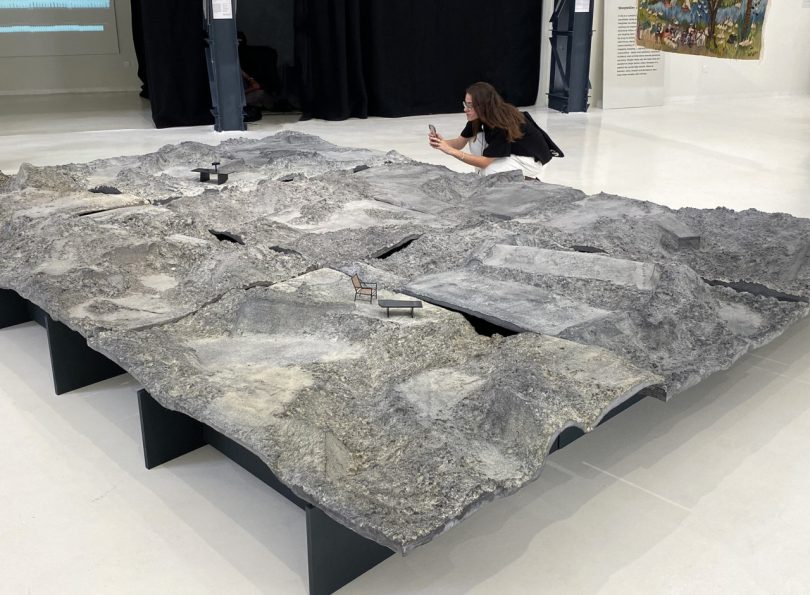
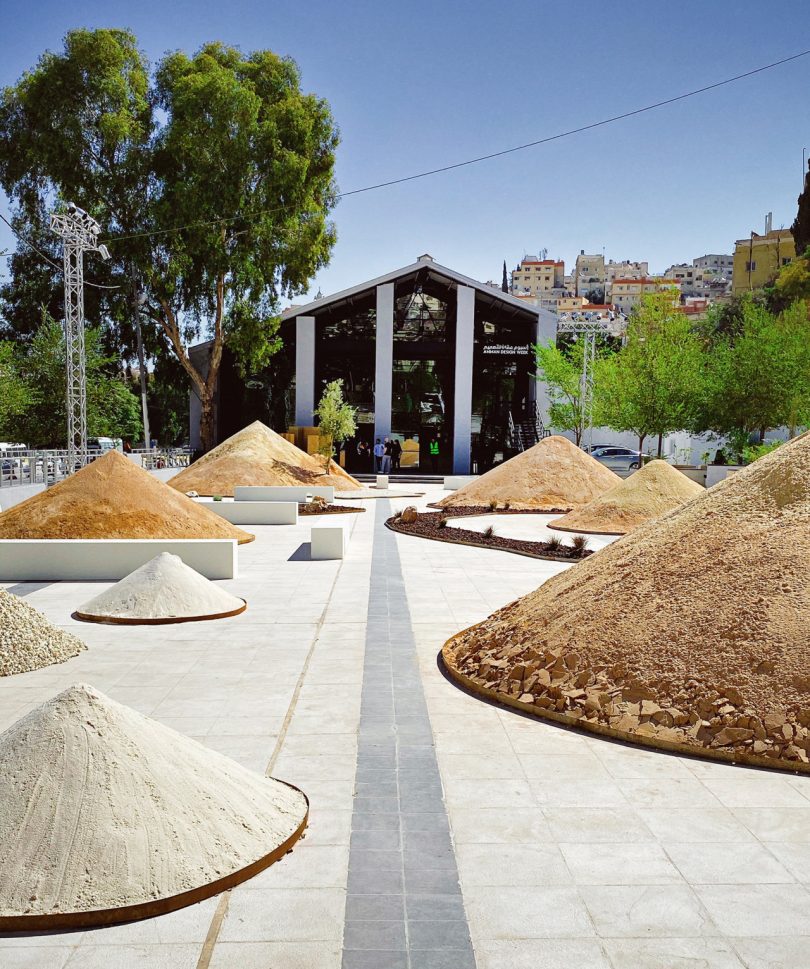



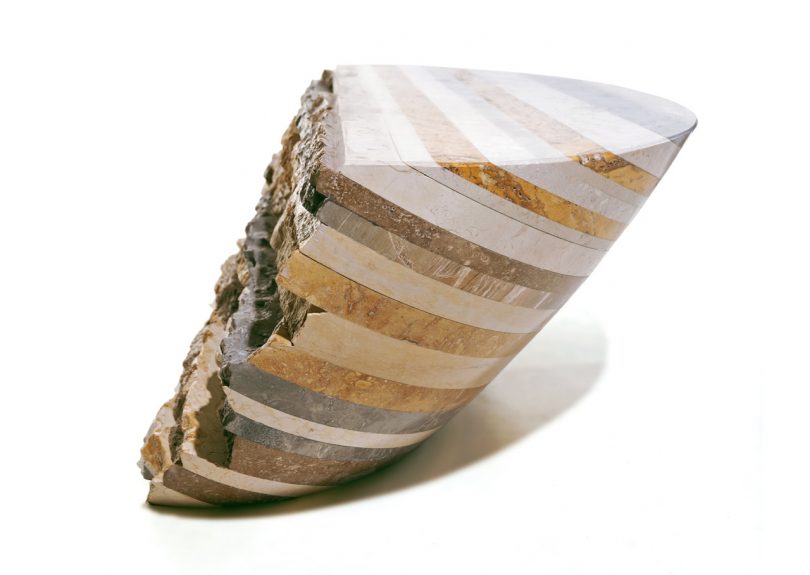
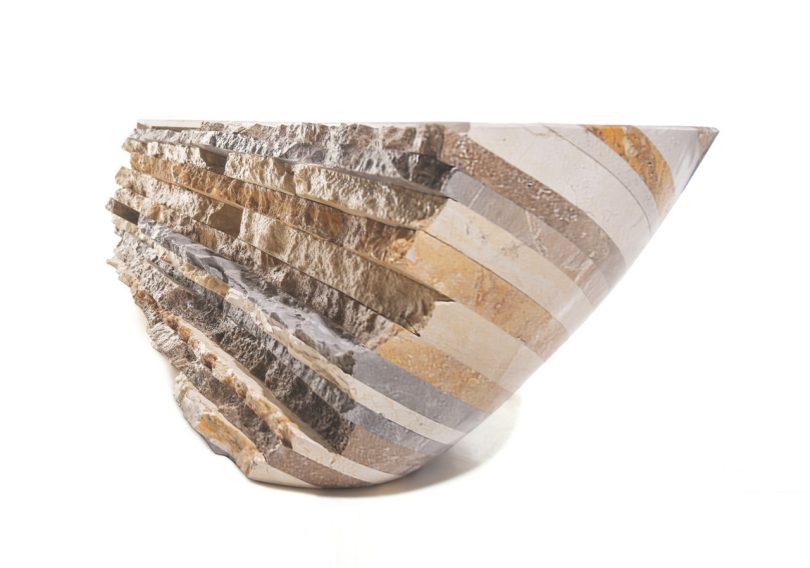
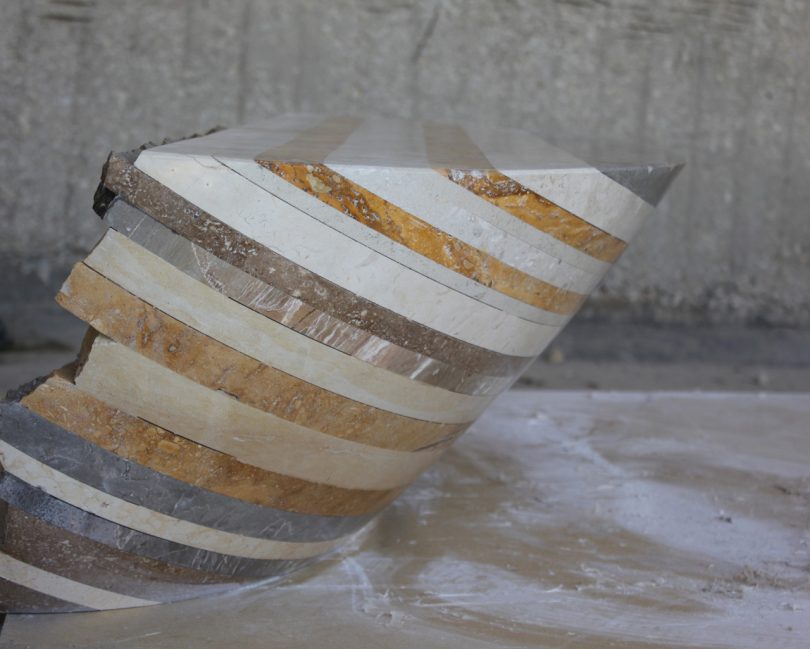





No comments